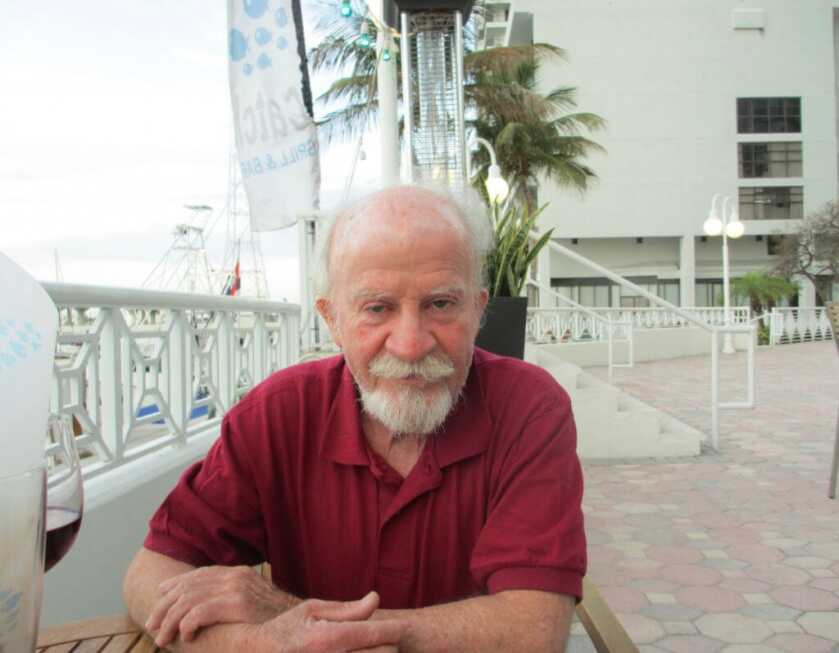
It was one of those countless little tragedies that play out in hospitals around the world. Beatrice Flaherty already had one healthy son and went to the hospital expecting another. Things did not turn out as she had hoped.

Beatrice was a clerk at Sarner’s, a local department store in Stamford, CT. Her husband Walter Sr worked at Sears. By all accounts, theirs was a healthy marriage, but they had a sinister physical incompatibility lurking just beneath the surface.

Richard Flaherty came screaming into the world at the Stamford, CT, Regional Hospital on 28 November 1945. His older brother Walter’s delivery had been unremarkable. Unbeknownst to his mom, she had an Rh-negative blood type. That’s not a big deal today. We screen for it and administer a medication called RhoGam to mitigate the effects of Rh incompatibility. In 1945, however, this was something else entirely.
Problems From The Start

Like most things in medicine, Rh incompatibility is just crazy complicated. It was previously known as rhesus isoimmunization or Baby Blue Disease. The more appropriate modern term is Hemolytic Disease of the Fetus and Newborn (HDFN). There are more than fifty unique blood group antigens that have been identified, so it is actually not as straightforward as it seems. HDFN can occur when the mom is Rh negative and the dad is Rh positive.

During a first pregnancy, the mom’s initial exposure to incompatible Rh+ Red Blood Cells (RBCs) is typically not recognized as an immunological threat. However, at delivery, there is some inevitable mixing of maternal and fetal blood. If mom is Rh incompatible she then develops IgG memory B cells that lurk about waiting for a second exposure. During a second incompatible pregnancy, the mom’s immune system responds to a perceived threat by producing IgG anti-Rh(D) antibodies that cross the placental barrier and enter fetal circulation. These antibodies attack fetal RBCs and cause all manner of mischief.

There typically results liver and splenic damage along with portal hypertension and something particularly troubling called hydrops fetalis. If left to its own devices, this condition can be fatal. In young Richard’s case, though he survived to leave the hospital, he was destined to remain ever small. He ultimately topped out at four foot nine inches tall and 97 pounds.
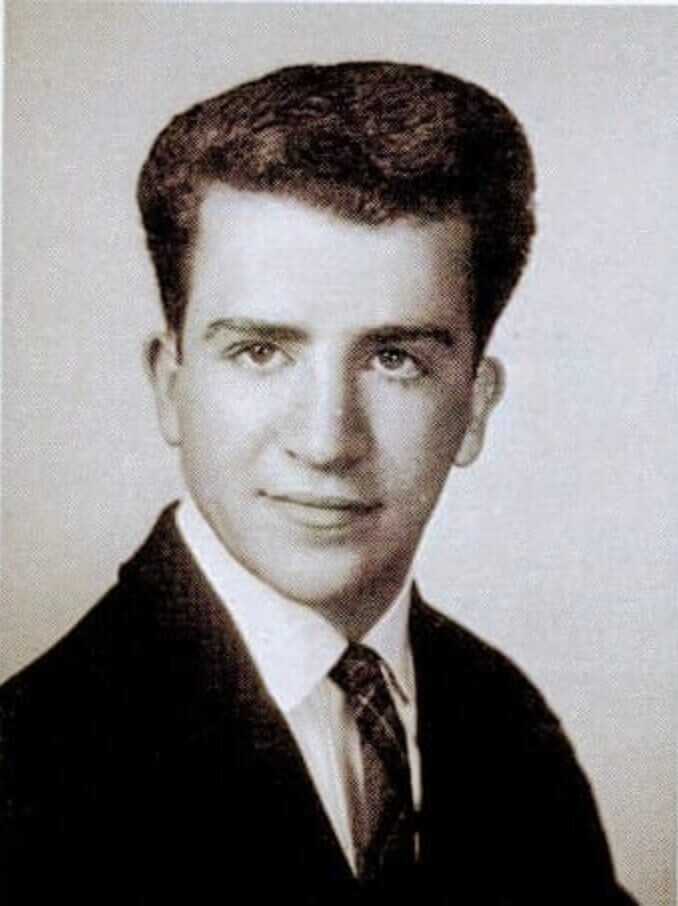
Richard Flaherty Doesn’t Give Up
Richard was sensitive about his size, and he compensated through sports and martial arts. When he came of age he wanted to be a soldier in the worst way, but the minimum height for a male recruit was five feet. He was also badly underweight, so Richard ate six meals a day and enlisted the assistance of his local congressman. Together they got the small man a waiver. In late 1966 Richard Flaherty took his oath as an American soldier.

Flaherty found that he had a knack for soldiering. He ultimately graduated from Officer Candidate School and deployed to Vietnam as a Platoon Leader with the 101st Airborne. In April of 1967, he had an opportunity to prove his mettle.
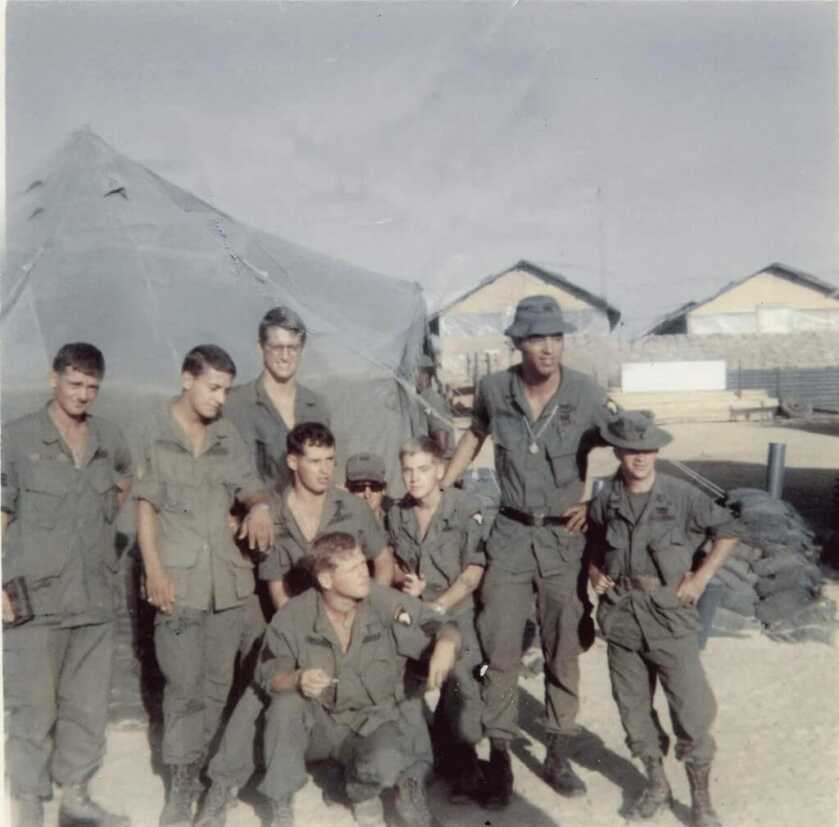
2LT Flaherty’s platoon was patrolling around Quang Dien when they came under fire from a strong NVA force. Braving heavy enemy fire, Flaherty rallied his troops and led an attack on an NVA bunker that turned the tide of the ambush. He earned the Silver Star for this action. Upon his return from Vietnam, Flaherty volunteered for the Special Forces. He subsequently deployed to Thailand in 1969 as a Green Beret.
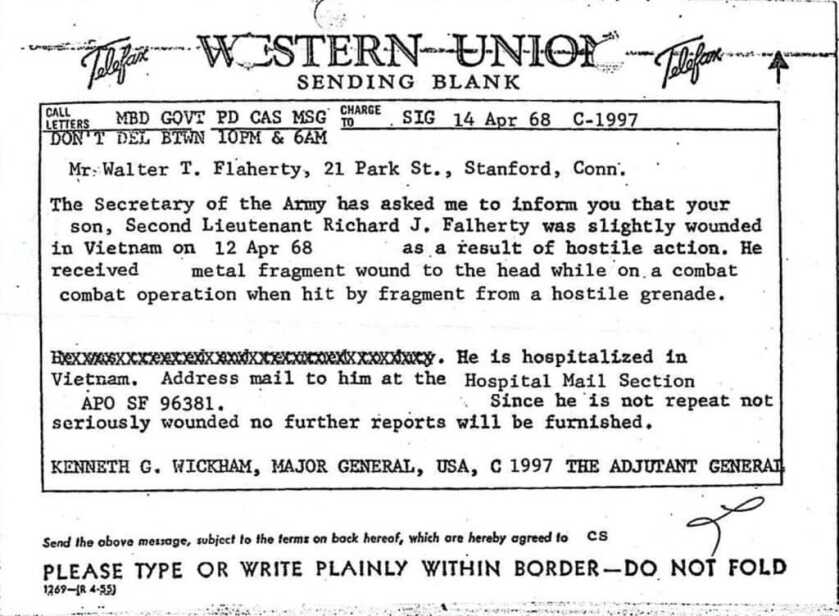
By the time CPT Flaherty left the Army in 1971, he had also earned a Bronze Star, a Combat Infantry Badge, and a pair of Purple Hearts. His worst injury involved a grenade fragment to the head. However, like many combat soldiers who were legit in the suck, he came home with some baggage.
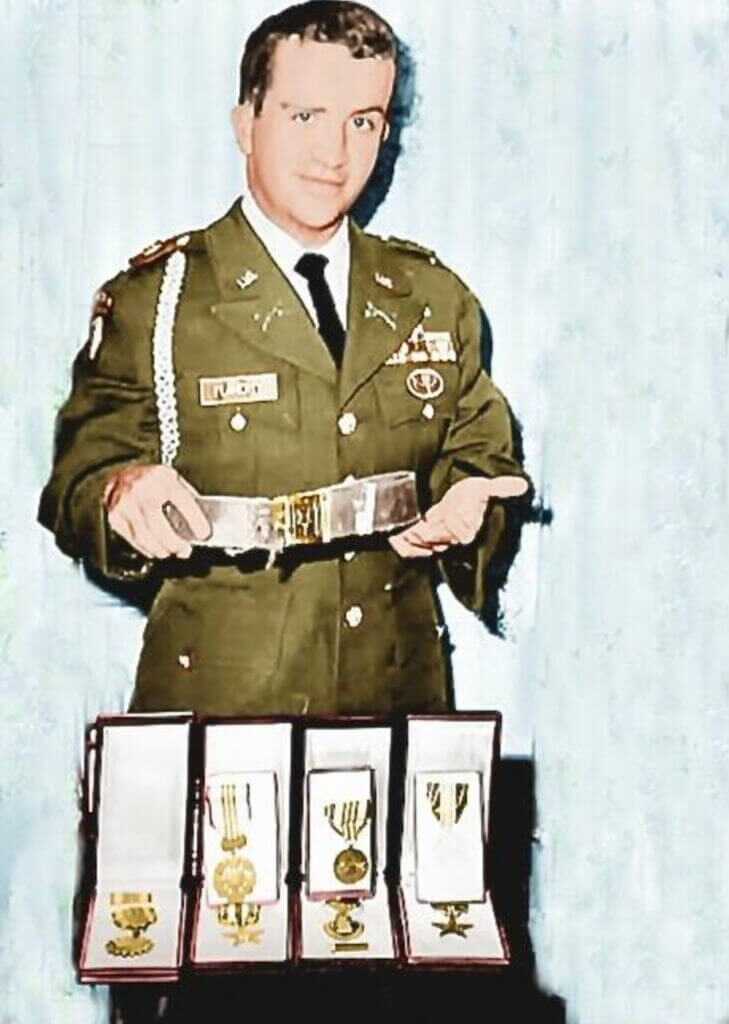
CPT Flaherty lost friends in combat. He also once encountered a female VC soldier with her head blown open lying dead in a foxhole. Alongside the young woman was her lipstick and perfume. Such images haunted the man. On a subsequent government disability application, Flaherty related that incident and said, “This humanized the enemy, cutting my effectiveness as a leader in half.”
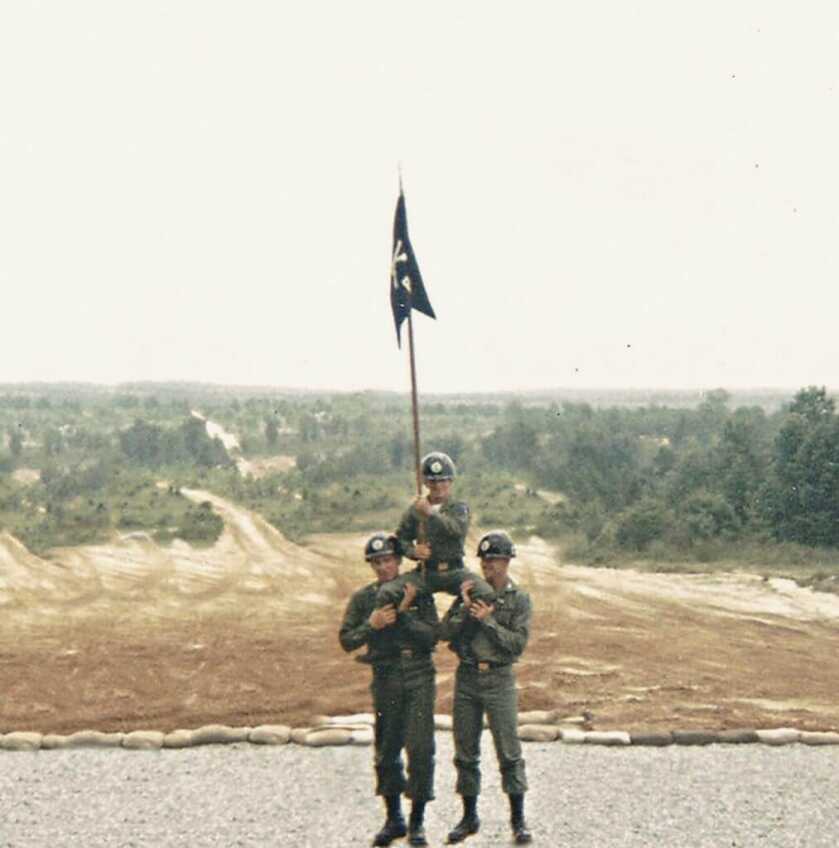
If the tale stopped there it would be utterly amazing. Here we have a young kid who by all rights likely should not have survived childhood and never grew past the size of a child. Despite his challenges, he drove himself to excel both physically and mentally, ultimately training as one of his nation’s most elite warriors. He earned serious accolades for gallantry in combat. However, it turned out that Richard Flaherty was really just getting started.
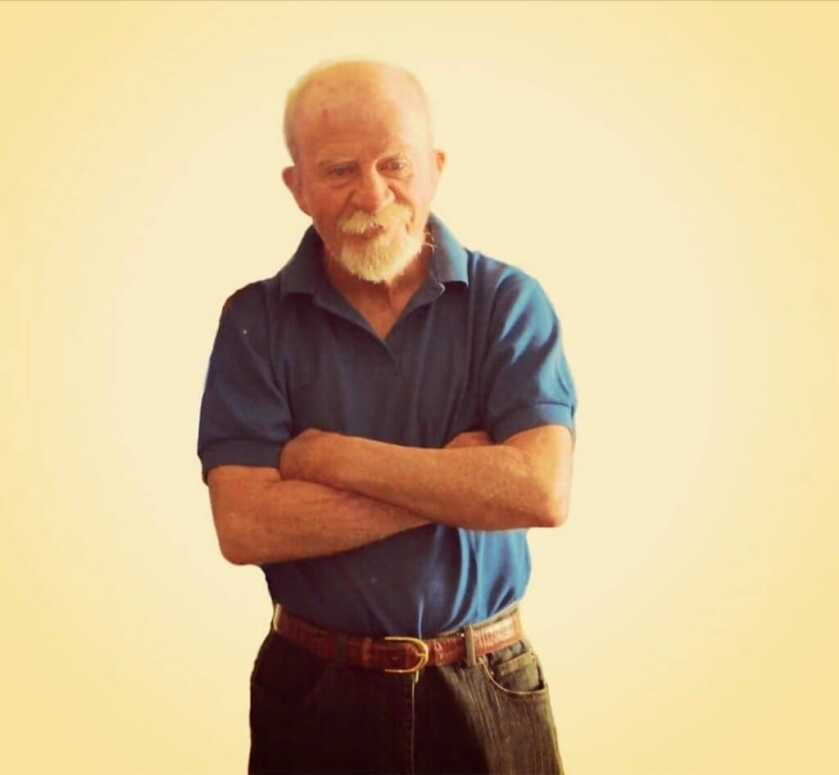
Flaherty came home from Vietnam and met a girl. Jyll Cohen was also small, a full inch shorter than Richard. They were, by all accounts, mad about each other. However, Jyll died unexpectedly in a car crash in 1975. In the aftermath, Richard began drinking heavily. His life seemed to spiral from there.
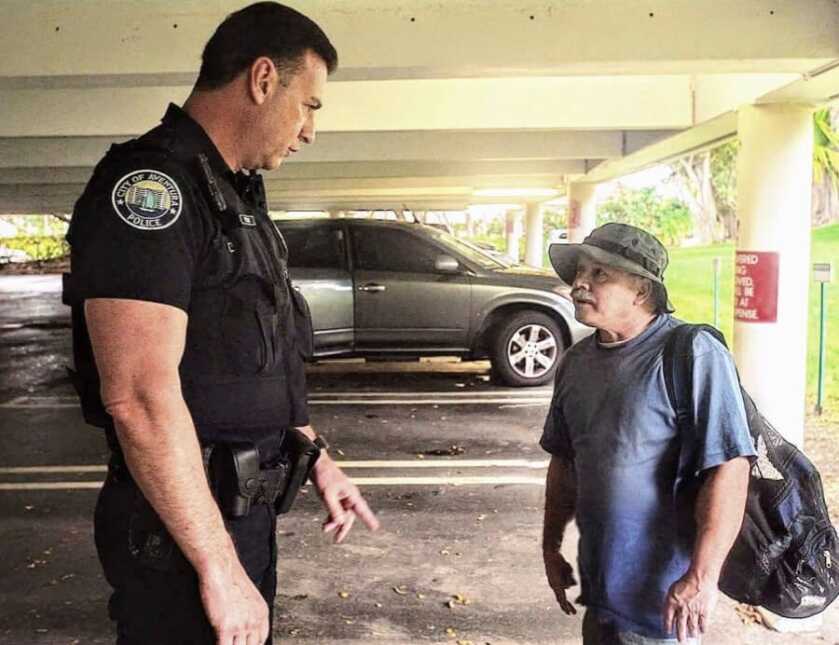
Flaherty Goes Downhill
Flaherty lived by now in South Florida. His first arrest was for carrying a concealed weapon. After that, he was caught selling cocaine. Afterward, his behavior became more and more erratic. Eventually, he was busted for trying to sell a couple of unregistered sound suppressors to an undercover BATF agent. (Author’s note–sound suppressors ought to be sold in vending machines outside Walmart, but that’s a discussion for another day).
The ATF let him walk on the condition that he would work as a confidential informant against some bigger fish. The suspects were a pair of Special Forces soldiers who had been selling stolen explosives and military equipment on the side. Flaherty’s first exchange with the men involved 96 pounds of C-4 along with sundry other GI-issue goodies. When these two gentlemen were ultimately taken down they were caught in a rental truck containing 4,600 pounds of explosives and other military ordnance. These two crooked SF guys got 40 years apiece.
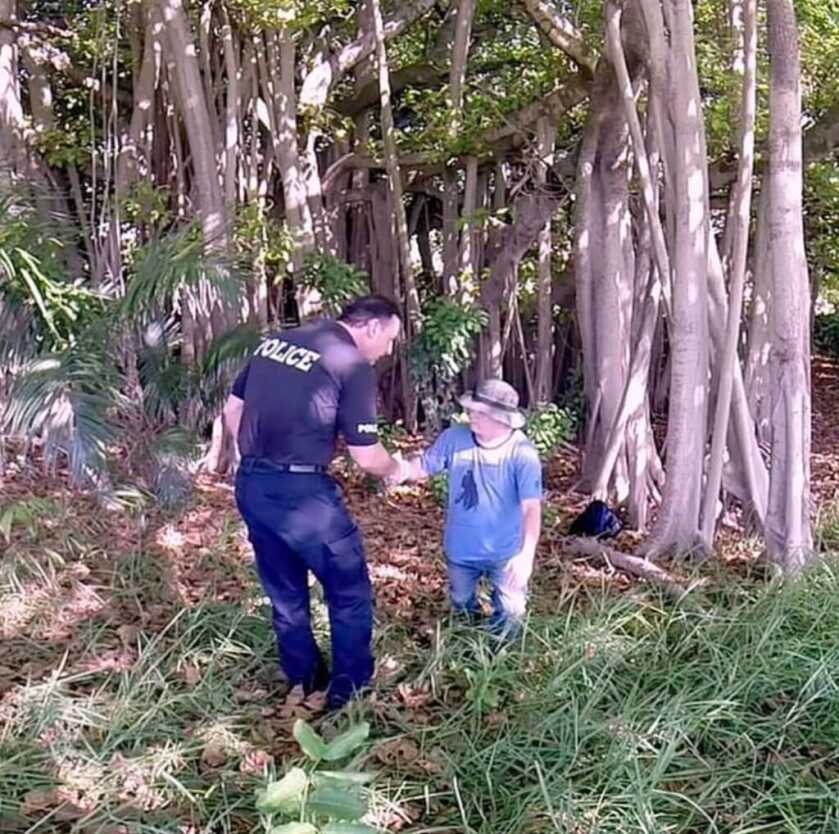
By 1987 Flaherty was complaining to anybody who would listen that government agents were out to get him. He eventually found himself homeless and sleeping outside underneath one particular palm tree in Aventura, Florida. He maintained himself in public restrooms and supported his drinking habit with his government disability check. There he supposedly remained…for 28 years.
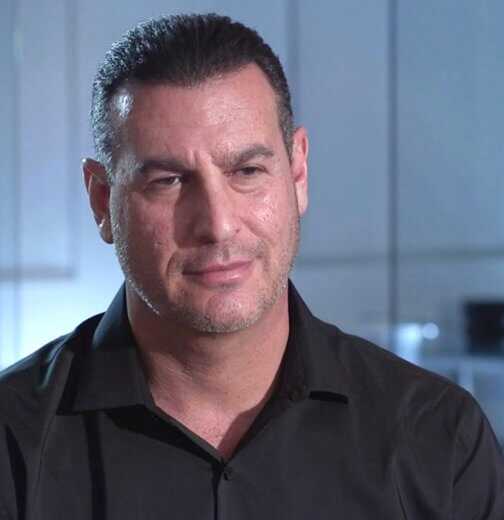
David Yazuk was a local beat cop who believed in community policing. Originally raised in Brooklyn, Yazuk had seen the small bald man in the Vietnam-era boonie hat for years set up underneath his palm tree. Then one day he said hi and struck up a conversation. For the price of a cheap meal, Yazuk got Richard Flaherty’s story.
Out In The Open
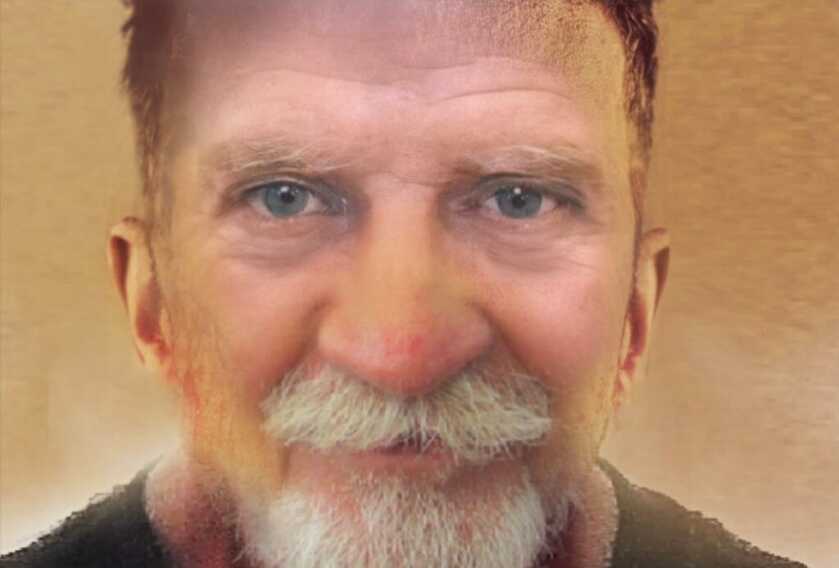
By 2015, Richard’s tale was pretty unbelievable. He claimed to have worked overseas as a security contractor, mercenary, and spy. I have spent some time around legit crazy people. I daresay most of those who did not claim to be the personification of the resurrected Christ said they were spies. It’s a pretty common refrain. However, something about Richard Flaherty’s presentation felt sincere.
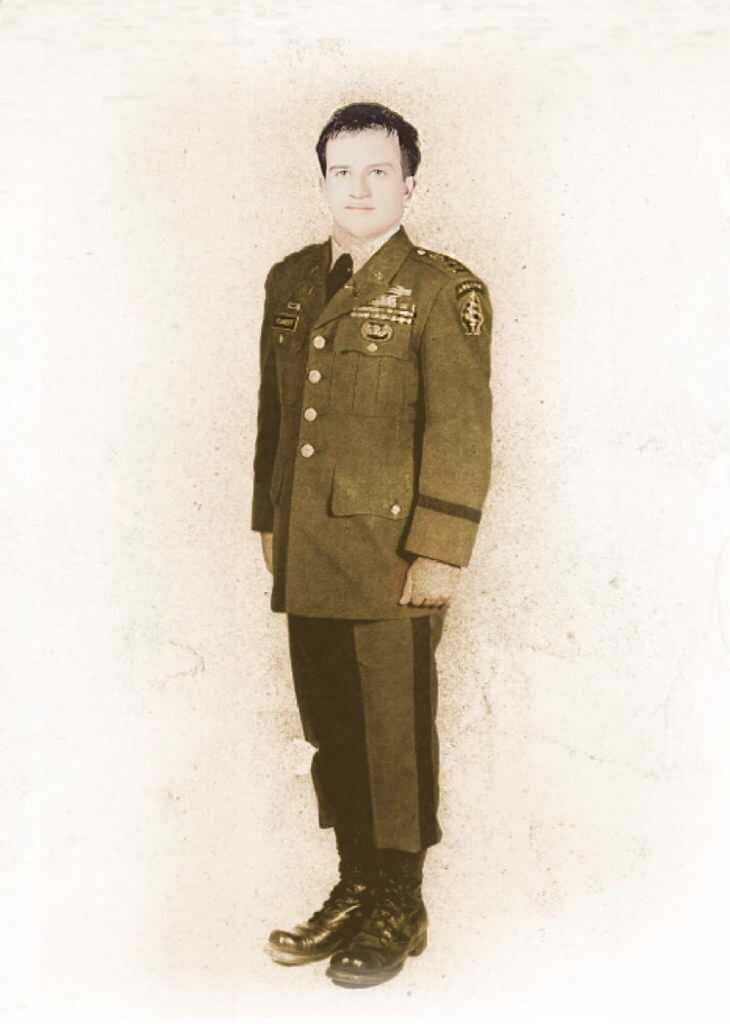
David Yazuk was a cop and a natural investigator, so he did some snooping. He ultimately connected with Fred Gleffe, the retired federal agent who had orchestrated the sting against the two dirty Green Berets. Gleffe verified everything about that particular part of the tale, even going so far as to warn Officer Yazuk to leave the issue alone. He claimed that there were individuals still in circulation who would wish those involved in the sting ill even that many years later. Less than a day after that conversation, David found out that Richard Flaherty had died in a hit-and-run accident.
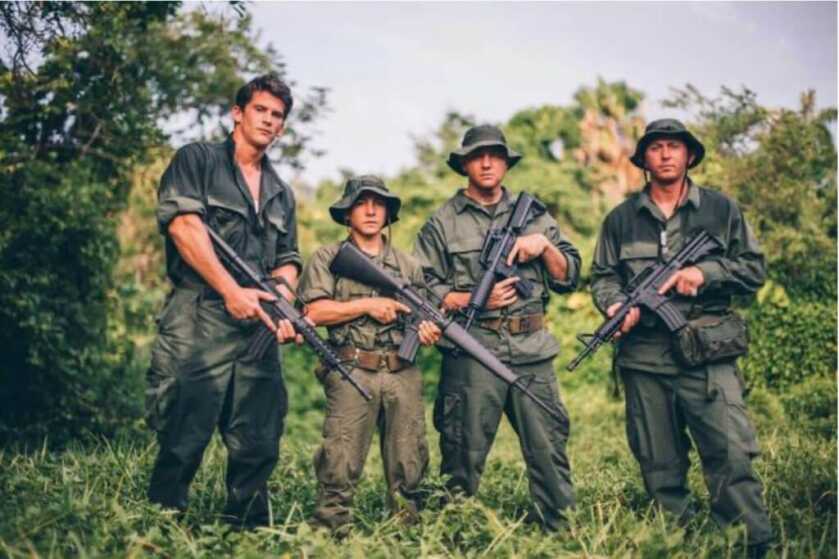
Around midnight on 9 May 2015, a 60-year-old stenographer with the Miami-Dade Police Department was coming home after a long day at work. As she passed Richard Flaherty’s palm tree she felt her car strike something in the darkness but continued home. The following day as she was headed back to work she recognized the location as a crime scene. She researched the details and surrendered herself to the authorities. Richard Flaherty’s death was ruled an accident.
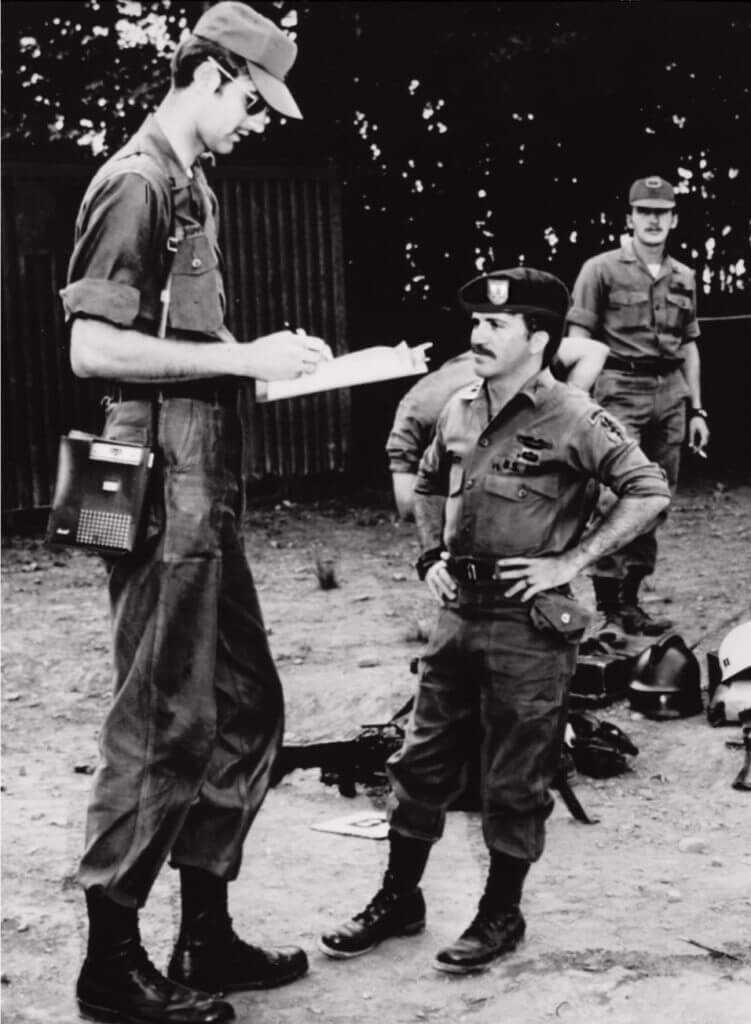
And there it really should have ended—the tragic lonely death of a delusional Vietnam veteran on a dark street in Florida. Only it didn’t. With no close relatives, David Yazuk ultimately gained access to a storage unit Flaherty had maintained nearby. What he found simply further muddied the waters around this mysterious little man.
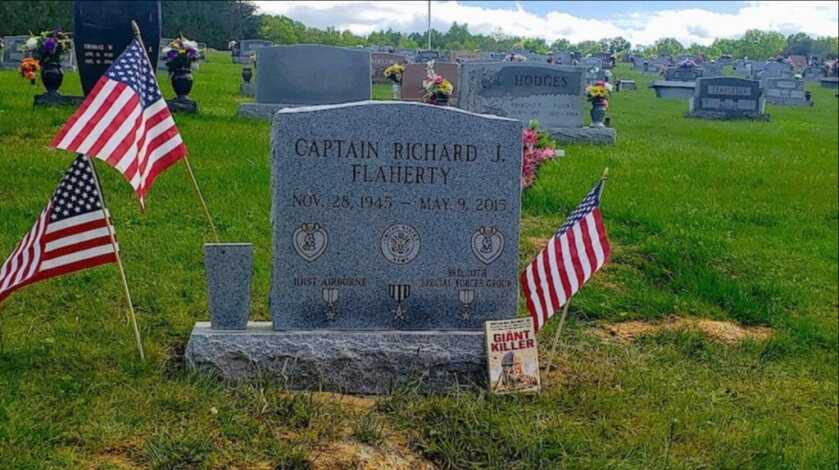
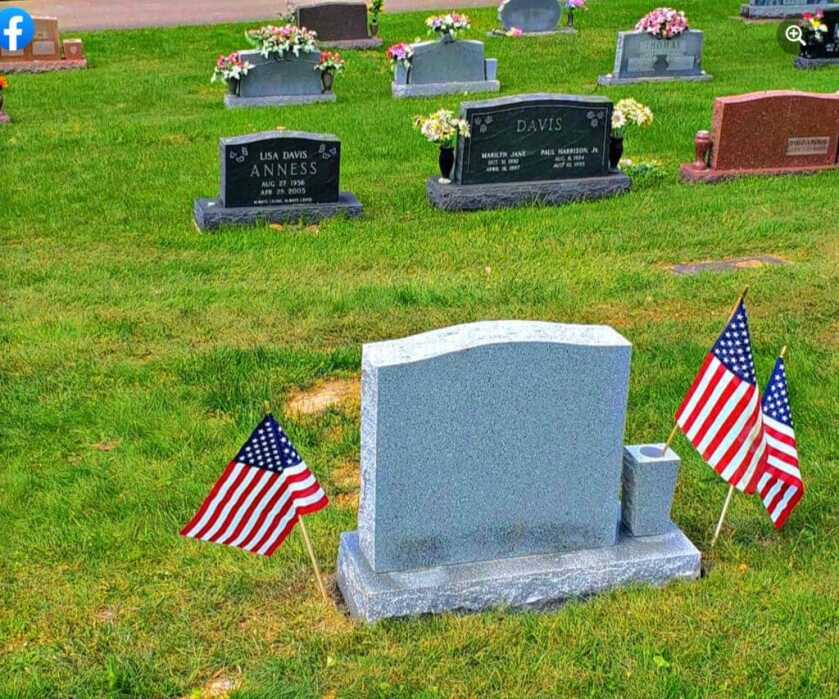
Flaherty insisted on being buried alongside a West Virginia woman named Lisa Anness Davis. He claimed in a letter to have adored her for thirty-three years. However, Yazuk’s queries to both Lisa’s sister and a man she had known well for fifteen years turned up no references to Richard Flaherty. Regardless, Flaherty had already paid $3,000 for the burial spot, so that’s where he ended up.
SEE MORE: When the King of England Tried to Kill an American President, Kind of…
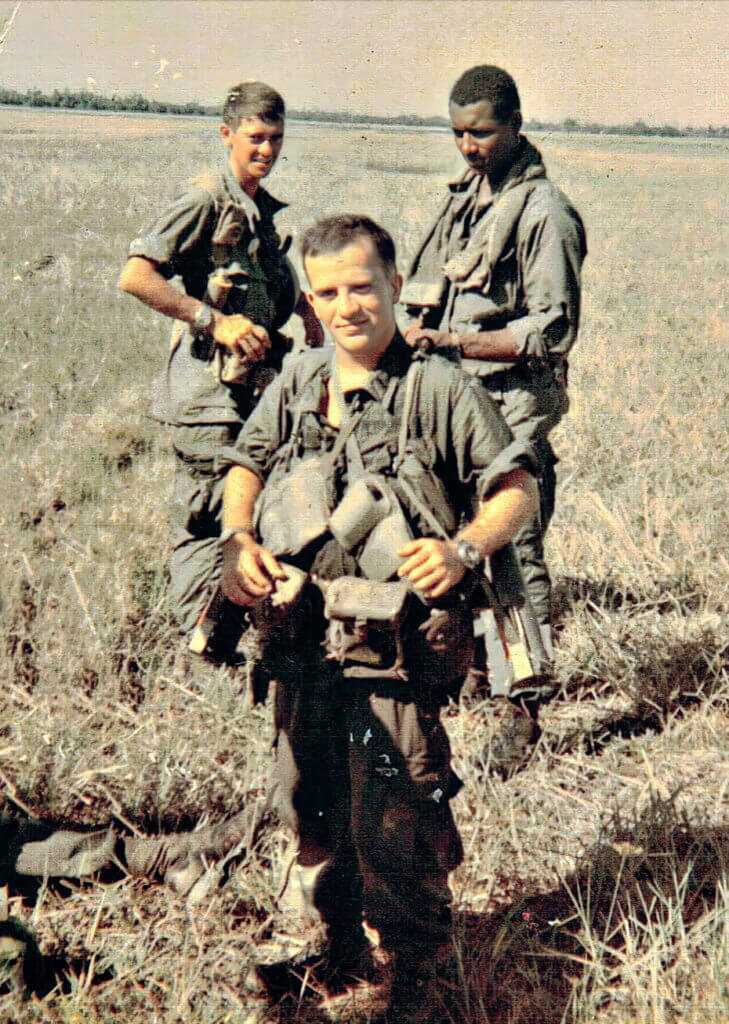
The storage unit also gave up Richard’s stock portfolio which was surprisingly robust. There was evidence that he had been wiring money to some unidentified person in Thailand for years. However, it was Flaherty’s passport that told the most compelling tale.
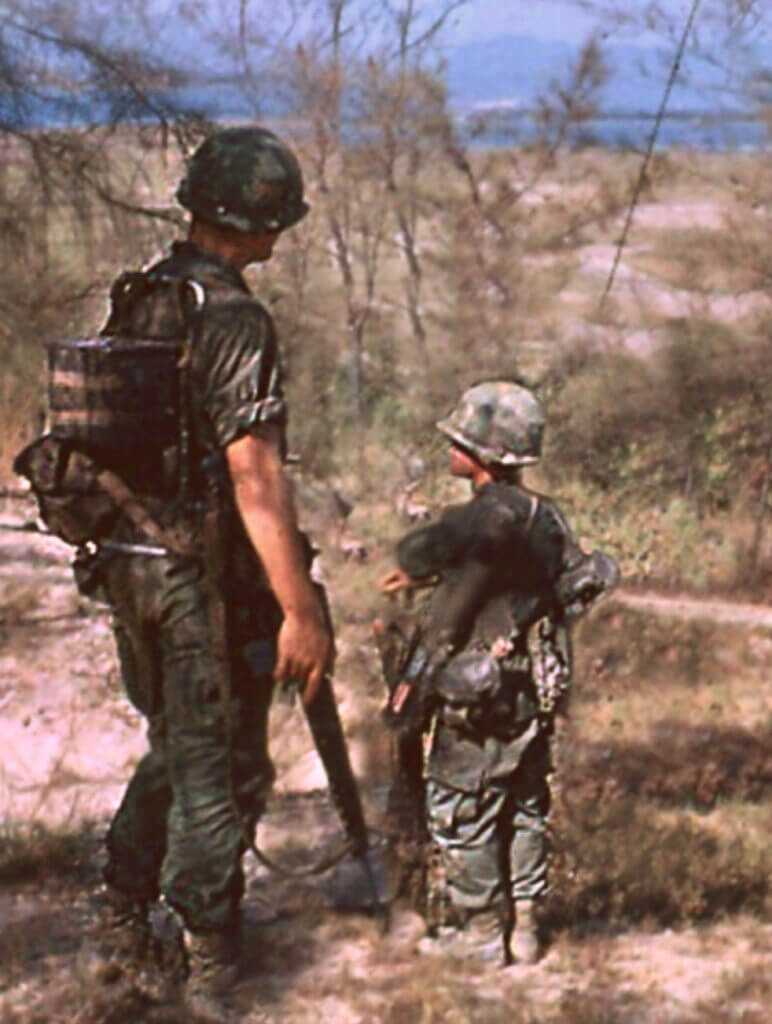
In 2008, Richard Flaherty spent time in Amman, Jordan, a recognized conduit of entry into Iraq by people who wanted to do so quietly. Two years later he traveled back to Jordan, then on to Thailand, Singapore, and Cambodia. In 2012 he had been in Caracas, Venezuela. Flaherty had once confided to a police officer buddy of Yazuk’s that he was heading off to Iraq on a mission for the CIA. Nobody took him seriously until they later pawed through his travel documents. Evidence now points to his having worked in Rhodesia, Angola, and Nicaragua as well.
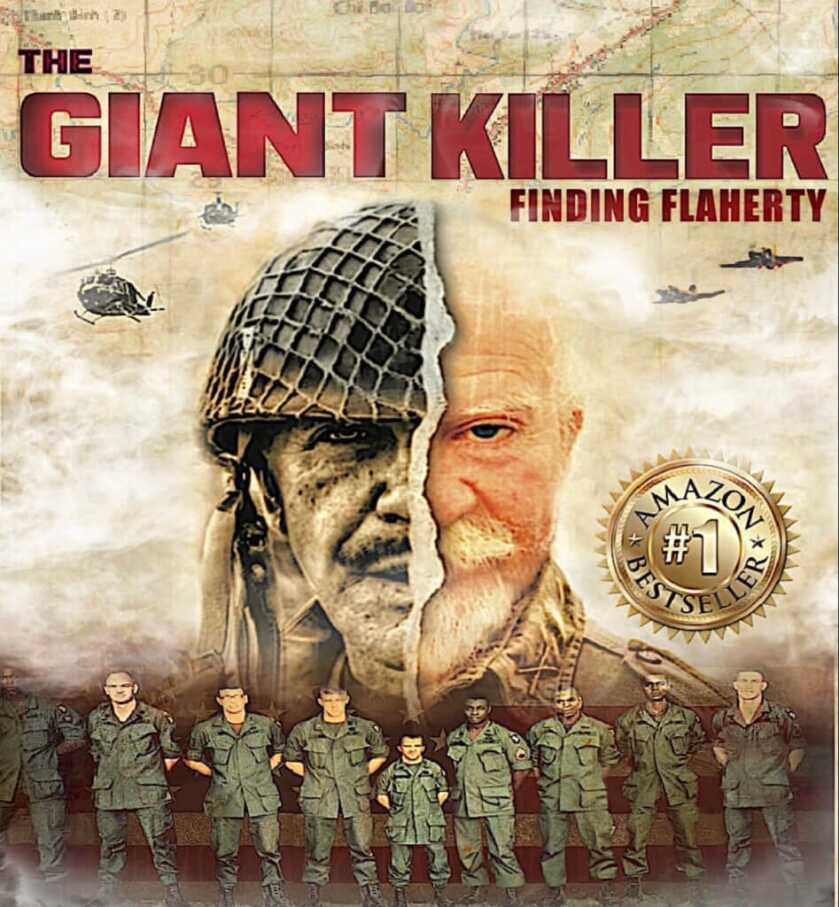
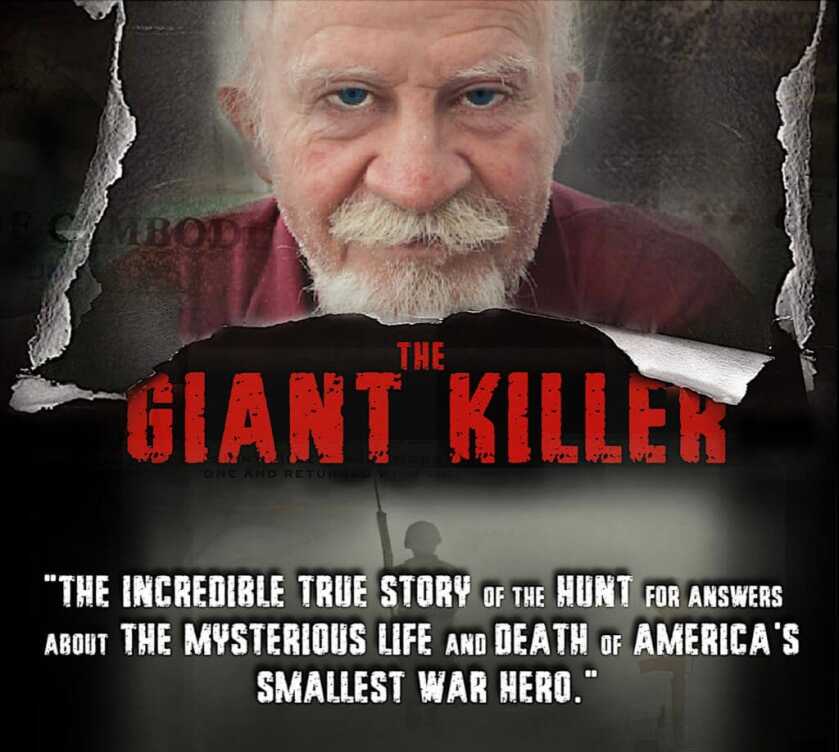
David Yazuk reached out to the US State Department and the CIA, but they were, predictably, not forthcoming. He did go on to produce a documentary about Richard Flaherty’s life titled The Giant Killer. It is available to stream for free on Tubi. There is also a book of the same name available on Amazon.
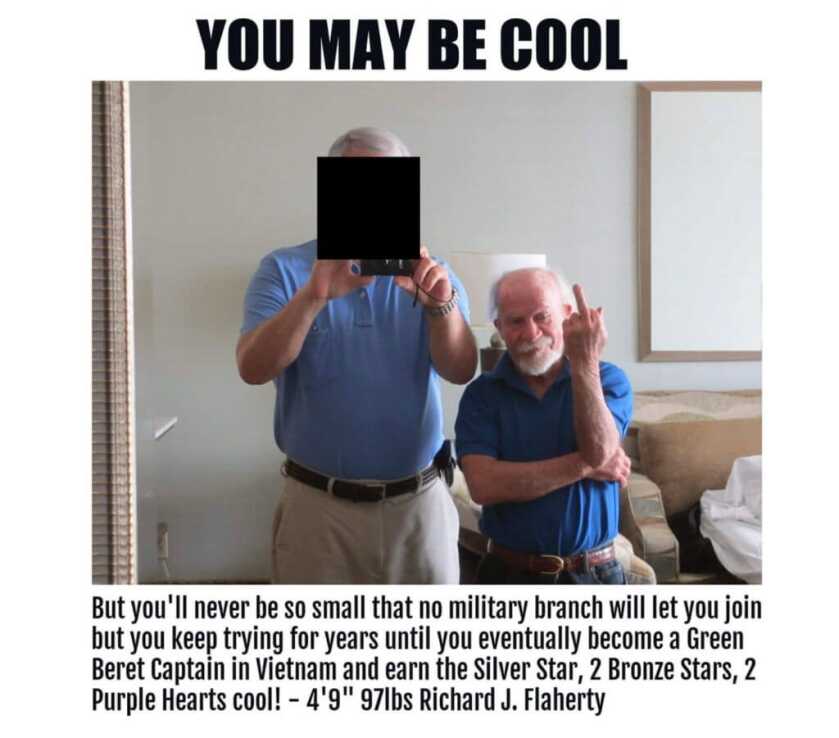
I’ve penned this weekly column for years now. I’ve lost track of how many of these things I’ve churned out. Amidst war heroes, criminals, monsters, and psychopaths, I’m not sure but that the story of CPT Richard Flaherty might be the weirdest of the lot. In this tiny little warrior, we find a story almost too incredible to believe. Soldier, operator, lunatic, or spy, Richard Flaherty took the truth with him to the grave.
*** Buy and Sell on GunsAmerica! ***


Enjoyed a great article as usual from you. Just wondering what Army OCS had quarters with roomates, as in individual rooms, maybe, in the mid to late 1960’s? That would definitely be Fort Benning for Infantry OCS where CPT Flaherty earned his commision. Was that really the billeting setup for OCS cadets at Benning during that era? Anyone care to comment?
I went through Engineer OCS at Ft Belvoir in 1970 and it was 2 story WW II barracks with oil heaters, footlockers, open bunk bays, communal showers and a row of 4 or 5 toilets and sinks with no partitions of any kind. It wasn’t at all shocking to me as I had been sent to military school at age 13 and had enjoyed comparable housing amenities for 3 years of high school. A big hello to you from Tupelo BTW.
Like every other person who is somewhat familiar with Flaherty’s story, I’m beyond astonished. I was career Army (1981-2005), and wonder how a man this small could wear military clothing and operate weapons and equipment, and carry an infantryman’s load in an organization designed for the average-sized man.
I’m honestly amazed that he was able to get superiors, peers, and subordinates simply to take him seriously enough to give him a chance to prove himself. It certainly was not in the nature of Drill Sergeants, OCS TAC Officers, infantry, airborne, and SF units to strive for “inclusivity” in the mid-1960s. Granted, the NVA and Main Force VC earned GIs’ respect for their toughness, endurance, and skill, and those enemy troops often were little larger than Flaherty. Few GIs, however, understood that fact until they’d had to fight them in sustained combat, and many soldiers in 1966 lacked that experience.
With all that said, however, I’ll close by stating that troops–ESPECIALLY troops in combat–value highly any leader who proves himself tough, reliable, brave, technically and tactically proficient, caring, realistic, and down-to-earth enough to use basic common sense. Once Flaherty had a chance to prove he had those qualities, I don’t doubt that his troops would respect and follow him, and all ranks would be glad to have him aboard.
Dr. Will, you’re a better writer than John Grisham. Thank you for this riveting account of Cpt. Richard J. Flaherty!
he probably has a huge accordion file in Langley stamped RED.
another cool story by Dr dabbs
I suffer from depression, Dr. Dabbs and reading a good story such as this will bring some tears. I hope the little man has a home with his Father now. Only He knows Capt. Flaherty’s heart. Thank you, Dr. Dabbs.
Very intriguing, Dr. Dabbs.
I will definitely purchase ‘The Giant Killer’.
Thanks
Whether we ever learn the full truth or not, it’s a fascinating story. Thanks for sharing this, a lot of folks might never learn about it otherwise. I also appreciate your medical insight on the condition that affected him as an infant and the historical context.
I thought Audie Murphy was small. Captain Flaherty was quite a bit smaller. He had to have really been something to even be allowed in the military at such a small height and weight. Good for him, he certainly proved himself and more.
I am curious to know if Capt. Flaherty was deceased before he was ran over. If so this would be worthy of investigating.
Awesome story, thanks!
Will – the amazing and exceptional story of Captain Richard J. Flaherty was inspiring but touching as well.
Thank you!